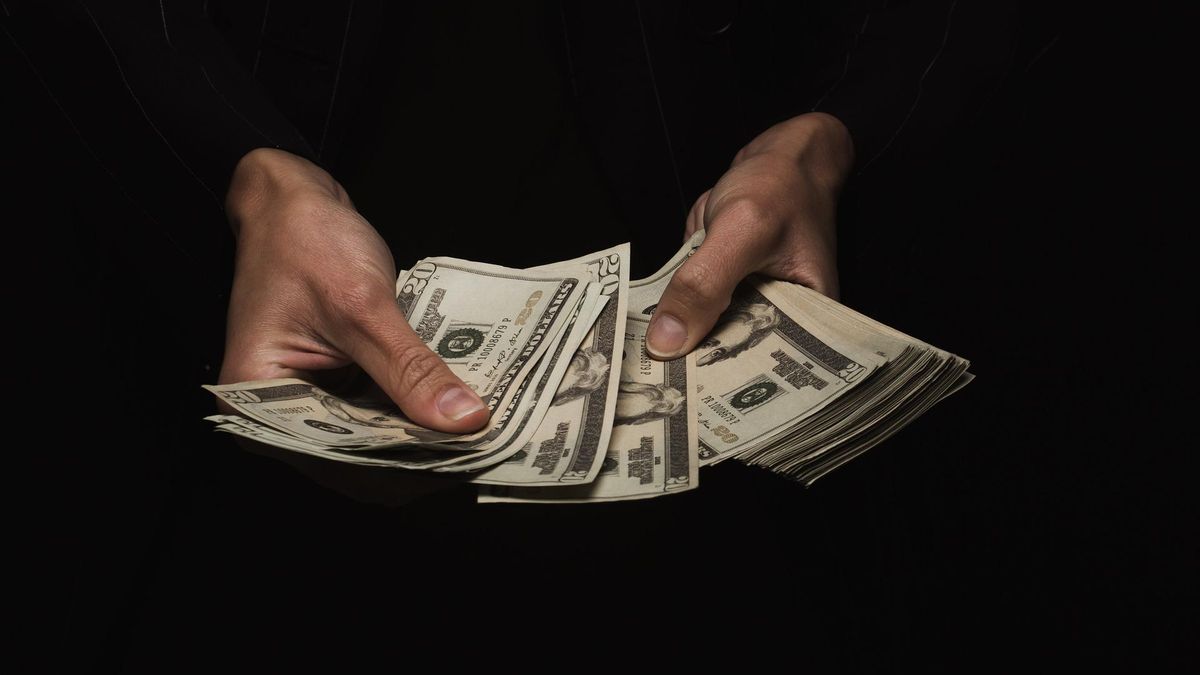In any case, the price of the blue dollar can be affected by marks, annotations or folds in the paper of the bill. In this sense, the Federal Reserve of the United States some time ago published information about the “estimated useful life” of the dollars.
For example, a $100 bill usually lasts an average of 22.9 years in good condition; one for $50, 12.2 years; one of $20, lasts 7.8 years; one for $10, about 5.3 years; for a $5, it will be 4.7 years and for a dollar, 6.6 years.
This does not mean that a ticket that exceeds that “useful life” period automatically ceases to be valid. The FED maintains that “it is the policy of the United States government that all styles of United States currency are legal tender, regardless of their date of issue.”
The “useful life” has to do with daily use, and that’s why the smaller denominations last less: they are used more.
Dollar today: 5 tips to take care of dollars
In a complementary manner, the Federal Reserve provided a series of recommendations that can be applied to properly preserve banknotes and extend their lifespan:
- Do not store them in extreme temperatures, that is, neither too cold nor too hot
- Do not tie them with an elastic band that will damage their edges
- Do not leave them too exposed to sunlight, as their color may deteriorate.
- Do not fold them, and preferably keep them in an envelope or similar
- Do not expose them to moisture
Source: Ambito
David William is a talented author who has made a name for himself in the world of writing. He is a professional author who writes on a wide range of topics, from general interest to opinion news. David is currently working as a writer at 24 hours worlds where he brings his unique perspective and in-depth research to his articles, making them both informative and engaging.




